The Art of Checking Kicks: Debunking Myths and Sharing Tips
In the world of martial arts, convention often dominates practice. Habits established by well-meaning coaches become rules ingrained in muscle memory, and we rarely question the ‘why’ behind the ‘how’. One such habit is found in kick checking – a critical self-defence move that needs revisiting.What You’ve Been Taught About Checking Kicks
The conventional method of checking kicks typically involved shifting your weight onto your back foot, tapping it lightly for balance’s sake, and raising your front foot to connect the knee to your elbow, with your hand defensively positioned towards your head. The rationale here is that no matter where an attacker’s kick is directed – be it the leg, body, or head – you would have some measure of defence.Rethinking the Check
But here’s the twist – this entire process might be a misdirect, an unnecessary complication. What’s the one thing, the only thing you truly need to do? Check the kick. Notably, a common misconception is that you need to maintain perfect balance while checking a kick. However, balance in the traditional sense isn’t necessarily the key. A phrase that better fits is ‘over-balancing’: intentionally unbalancing yourself in a certain direction. This provides the possibility for a quicker recovery and counterattack.Other Misconceptions: Height and Leg Raising Energy
Another myth circulating around kick checking is about the height you need to lift your foot. The truth is, you don’t need to lift it too high to block an attacking kick. Sure, you can do it from the classic wide MMA stance, but this is not necessarily better. You can carry out a successful check without shifting your weight to your back foot which, contrary to popular belief, is unnecessary. Being lazy and a lousy can land a kick-checker in trouble. People tend to exert a minimum amount of effort, which often leads to making mistakes. A key component in a successful check is using maximum energy. More energy in lifting your foot not only results in a higher and more effective check, but also ensures fast recovery, providing the opportunity for a swift counterattack.Tidying Up and Final Thoughts
Good practice in defence generally involves pointing your knee in the direction from where the kick is coming while maintaining a sideways stance. It’s logical: if a kick is coming from the right, your knee points right, if the kick is on the left, your knee points left. This, accompanied by a fast recovery, can be devastating for the attacker. It’s a smart defensive technique, contrary to the belief that standing sideways makes you vulnerable to leg kicks. One size does not fit all. Practices for beginners and seasoned fighters differ. A one-size-fits-all defence doesn’t exist, especially for checking kicks. As skills advance, so should techniques. The conventional way may work for beginners, but more experienced practitioners need to adapt and adopt more dynamic, effective methods like those described above.Conclusion
Remember, while it might be human nature to conserve energy, when it comes to self-defence and martial arts, maximum effort is non-negotiable. Efficiency isn’t always about conserving energy; it’s about using it wisely for effective results. It’s time to re-look at traditional methods, incorporate new findings, and perfect the art of checking kicks. Conserve your energy, yes, but use it wisely to be agile, fast, and effective. After all, the aim in self-defence and martial arts is not just to protect yourself, but to counterattack and take control of the situation.Blablabla
Hard2Hurt is a popular YouTube channel dedicated to self-defense and martial arts. The channel is owned by Icy Mike, a martial arts enthusiast, and professional trainer. He shares practical fight tips, fitness advice, and compelling personal experiences in an approachable language, making self-defense accessible to everyone.
[postx_template id=”239″]
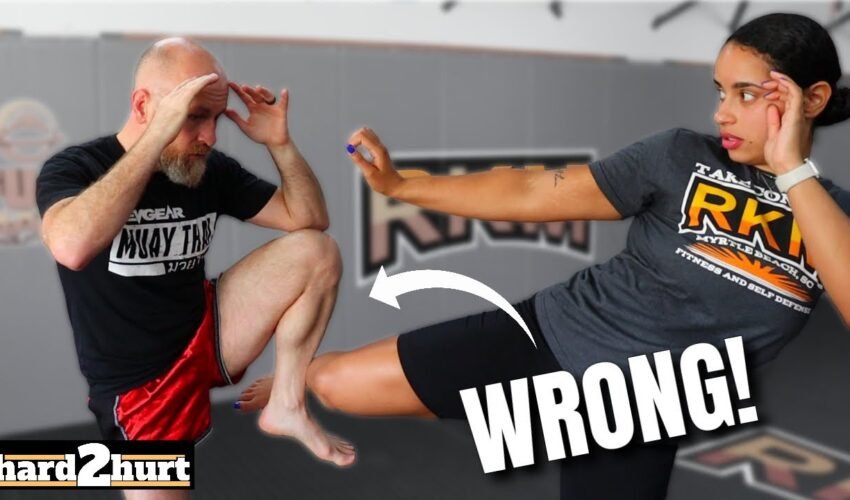

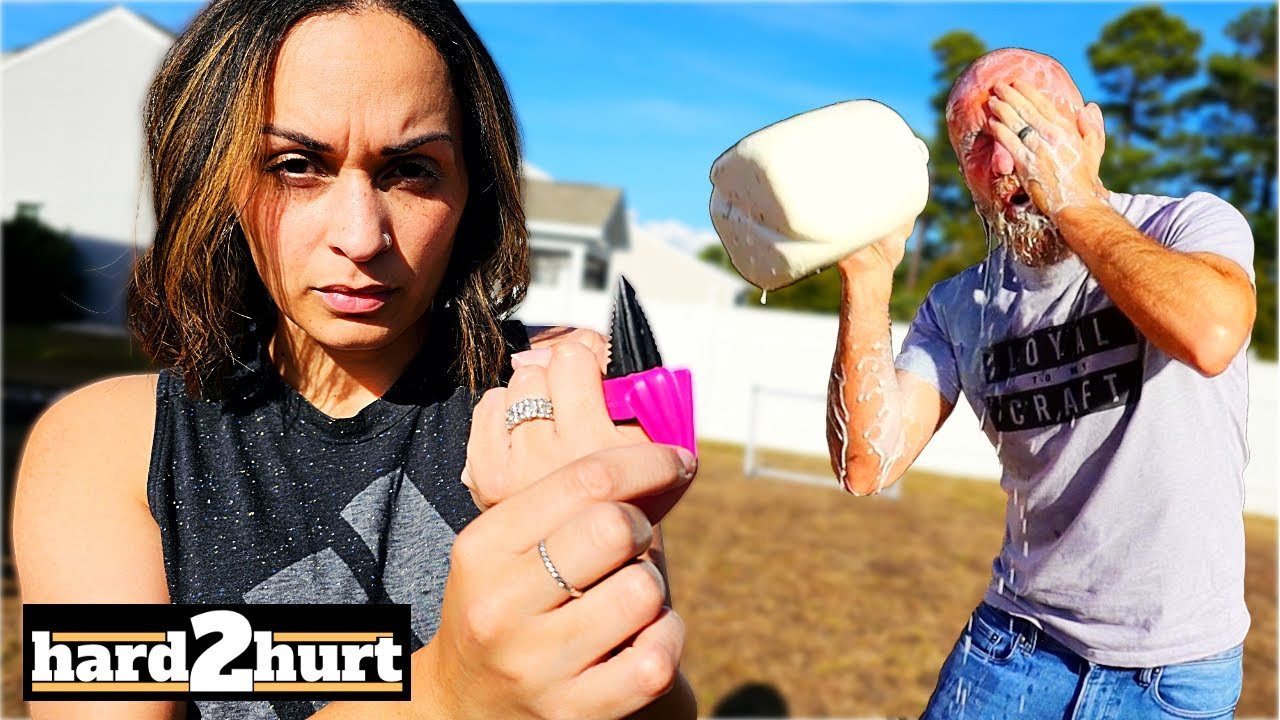
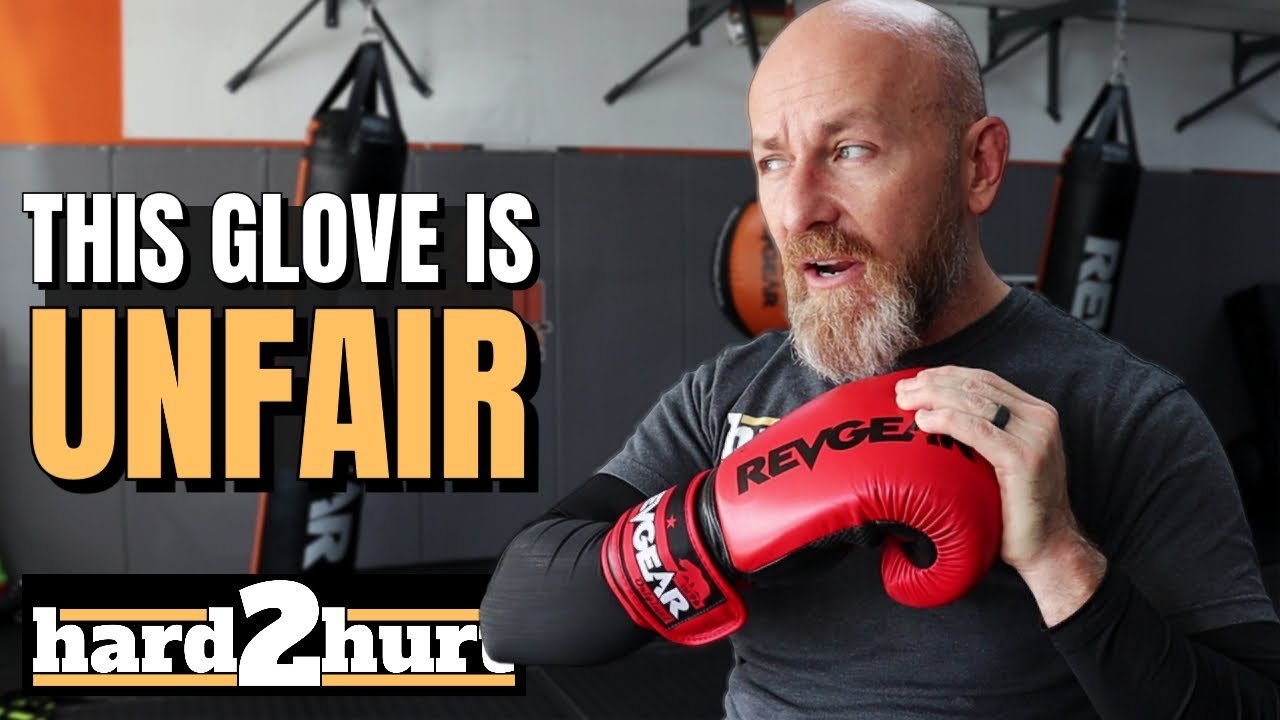


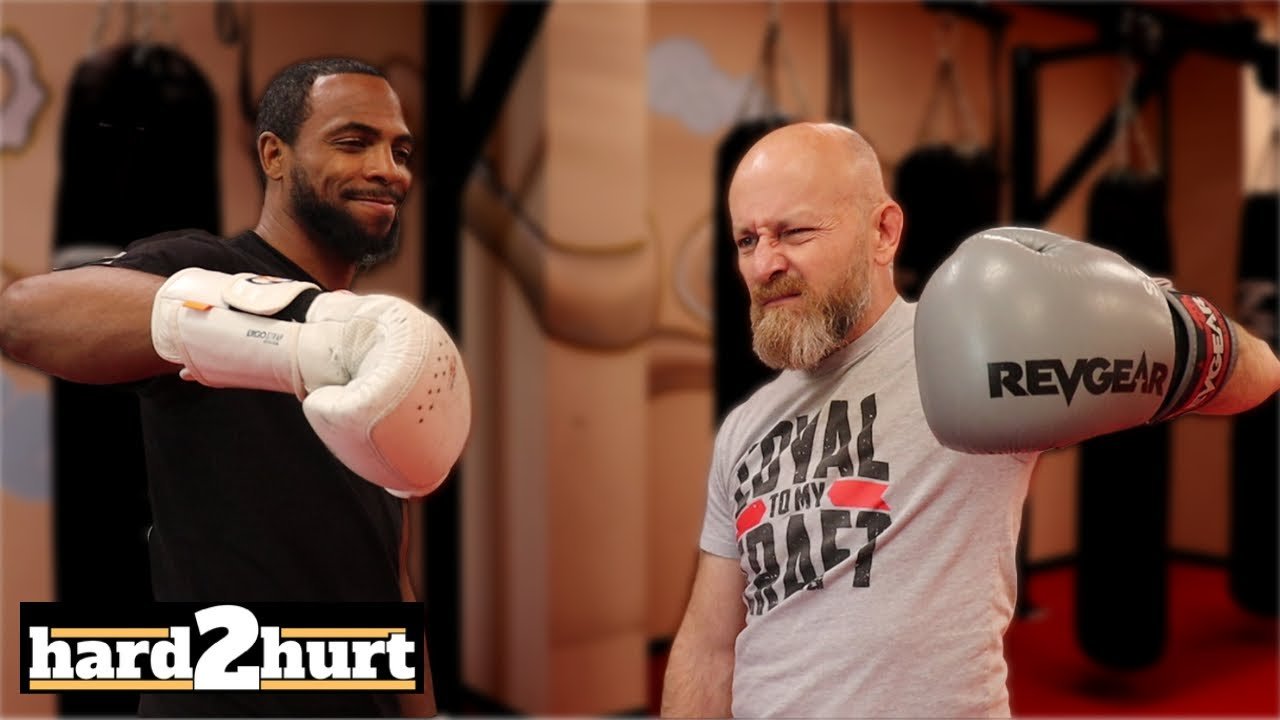

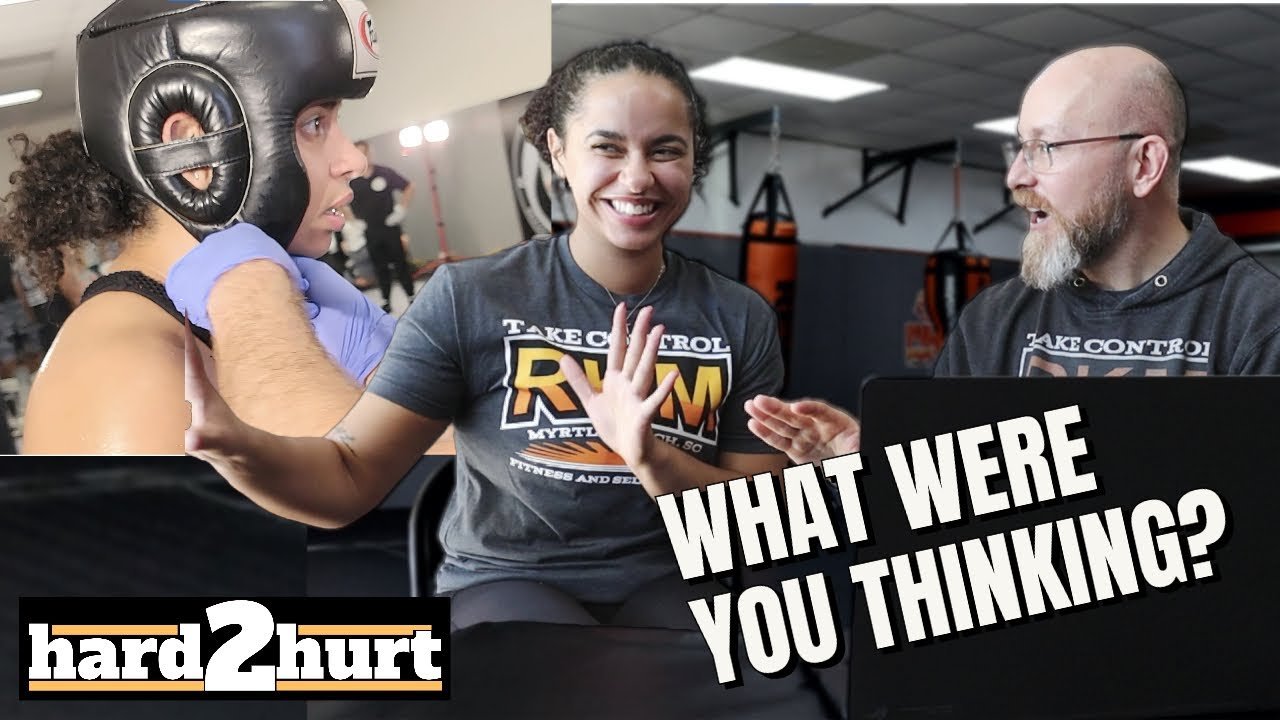

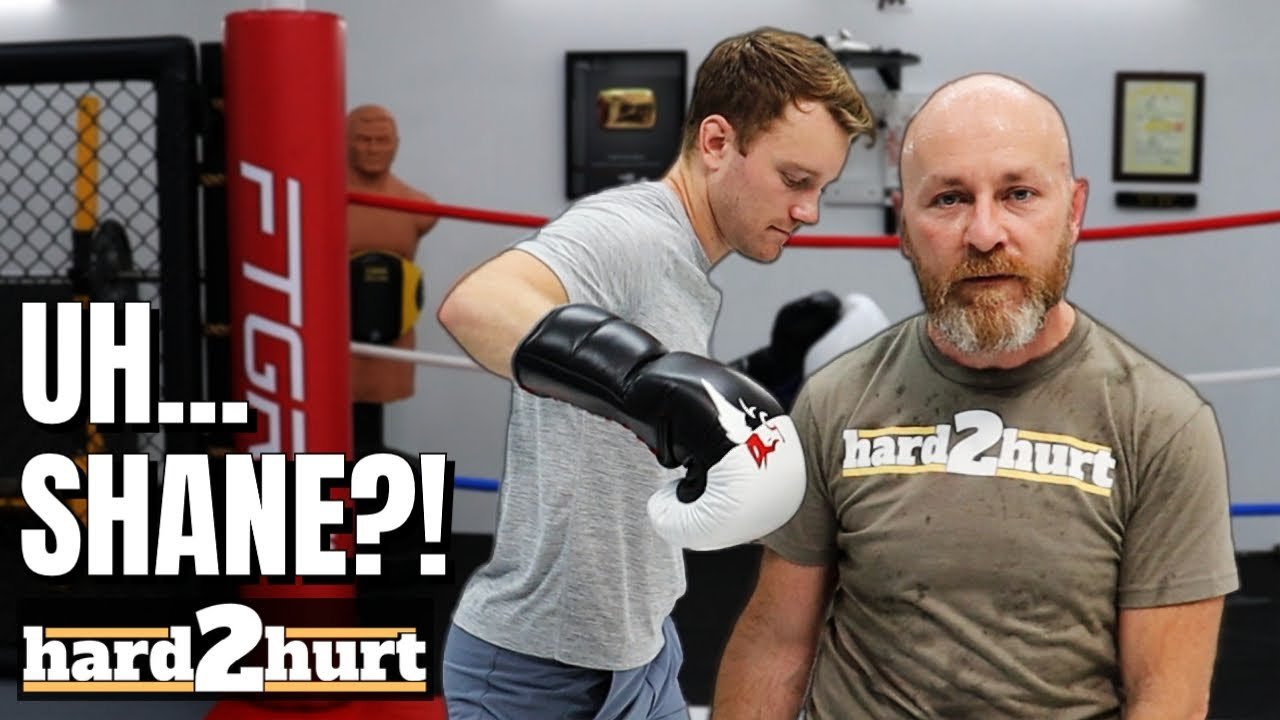
Great one!
Always tickles me when fighters try to make the knee-straight-up check work in mma without turning their leg out, so their opponent keeps landing it anyway
Spoiler: The answer to should you flex your foot or not…. "it depends"
Cause you are lazy and a wuss. Straight facts. . That's the right way to teach. You are a great coach and you have a great youtube channel. Subscribed.
. That's the right way to teach. You are a great coach and you have a great youtube channel. Subscribed. 
I noticed a partner i had sparring would wait till I darted out and kick my calf on the retreat making it very hard for me to check from an MMA stance. A good method I adapted into my game was instead of trying to lift from my hip is to shoot my leg up by pressing off the ball of my foot and turning out. This makes low kicks land right under the knee on the tough part of the shin and it does a lot of damage to the kicker. Also is great cause I get to be lazy and get the check off
I check kicks with my knee. I never lift my leg.
I'm glad you saying this cuz I've been teaching this to my guys for a few months and it been working moving on to using the momentum to counter
Mike you progressively are acquiring some karate stuff
Sunmary: check kicks in a way where your strongest shin part meets their weakest shin part
Also don't shift your weight back when checking kicjs, instead stay controlled or even over balance yourself forwards so you can counter the kick. Also don't raise your leg high when checking kicks if you know its a low kick.
Yeah it's confusing.. my coach told me that both lower parts of the shin have to connect during a perfect check….. I wonder why
All of this shit is on point, man!


 .
.
Solid.
Plus if you check/block high, I will read that and sweep your support leg from under you!
I like your style, dude.
"A check is a poorly excecuted destruction." If i remember it correctly that's a quote from Dan Inosanto Goes totally in line with the vid! Nice
Goes totally in line with the vid! Nice
That was brilliant and very very well explained. Thank you.
My favorite quote of this video:
"Oo hit em with that! HOOOAAAAHH"
If you focus on checking kicks then you have no offense.
Thats how sean strickland was checking all of izzys kicks.
I would train there. Good energy
Funny whiteboy, before muay thai was muay boran and hanuman boxing. Shins fully conditioned so no "weak" point like you point out.


 western degenerate world kills me
western degenerate world kills me
What’s also great about checking like that is your also adding momentum to your counter. It can act as a trigger step for a hard straight punch or a cheat step to immediately throw a leg kick before they are able the check.
Natalia’s hella fine!
I wish you'd spend more time demonstrating how to check a kick instead of all the wrong ways to do it.
lol the dial up sounds
"Never do this, if you do this you're fired"
Very cool chic!


Awesome tips. Great stuff.
Interestingly I study real Okinawa karate. So usually I just keep my trap shut rather than weather the prejudice. So while I will probably regret this….
Leg checks are part of the reason why the traditional back stance in Shorin Ryu splits weight 60/40 to the back foot.
We also catch, pass or check block the kick with our leg check. So three options or styles of leg check can be done. The only way to do these is if you hold your position without shifting back.
Check blocks with the leg are awesome entering moves.
Your personality reminds me of bob odenkirk!!!, if his career was giving good ass mma advice, As always !!!
!!!
Great advice! Thank you for sharing…
If it's actual self-defense situation ?
But first, let me put down my
1. If it looks like you can run away without getting kicked, doing that is by far your best move.
2. Grabbing the leg is great, though if don't have good muscle memory on grabbing, polling, and tripping; doing that might be a mistake, I've used the slam my foot down fast while they're holding on to my leg maneuver before, causing them to stumble right into a good position, face down, on hands & knees, right at my feet, a great position, to start chopping some wood.

3: in the Filipino baned Arts, " techniques that almost all other martial arts ban, because they're cheap and dirty." They tech, bent knee to flush shin, the laws of physics are simple here; your knee is a lot bigger and denser than your shin: Ergo their shin is far more likely to get the worst end of that impact, ( they also teach, elbow to fist, and that type of impact, works even better than, knee to shin, given how small the bones and density of your fingers are compared to your elbow).
13:32 yeah ummm so ackchually this guy is full of shit because he checked with his foot!! source: i went to bjj practice for a week
This so called trainer never learnead boxing or traditional martial arts when he was young, this is what happen when you try to do muay thai at old age and you understand nothing about most simple things.
Woooow! I watched your episodes on the perfect techniques in the bus and knife defense. YouTube only now shows this channel. I'm a new subscriber now. Didn't know you were a street fighter either.
Is there any difference or things to think about when checking kicks from a south paw?
Thank you for mentioning this; when checking kicks, I noticed that intentionally going off balance to the direction of the attacking kick is what keeps me stable upon receiving its impact
only real coaches will tell you you are lazy!!!! I love that!! Its motivating!!
11:21– it's as if he was talking about Israel Adesanya.
That's a damn good video!
Why is he screaming?
Heeeeeyyyyyy answer that last question now bald man, I subscribed
So from the title your saying that after being trained buy a Thai that was highly ranked at lumpini stadium has taught me the wrong way?
didnt find anyone else saying, but that lady is beautiful
Man your advice for kick-check is incomplete.
Once you block with knee, you should fully fold your leg. It speeds movement up and your knee becomes very tense, just like fist.
This further changes blocking paradigm to block mid and high kicks with forearms. Which is also great.
Nonsense!
There is no bad or good technique.
The stuff you said is good could be easily used against you and what you said was wrong could be easily used to lure in opponents in to doing something you want them to.
As long there's a strategy behind what you do, everything is good.
The video I needed, especially after getring my leg torn up last time I sparred.
What is best martial art for street fight/self defense?
I saw tier list video you did with other guy, yas put wrestling top of list.
What about combat sambo?
Thanks
You can check with MMA stance but the reason why Muaythai don't stand on 2 leg is to minimize the damage from front leg kick. There's no way to block every leg kick correctly and when make a mistake it's do less damage and don't get you knock out like how Nong O and Tawanchai kick their opponents. Of course you can be agile for the first or second round but after that? The real Muaythai kicker can keep kicking over and over untill you break your leg or your arm literally.
Work nicely if you are checking (AKA blocking) kicks to the thigh or lower.
Meanwhile my ex-coach is teaching his new students how to do Burpees correctly. YouTube has set us free!